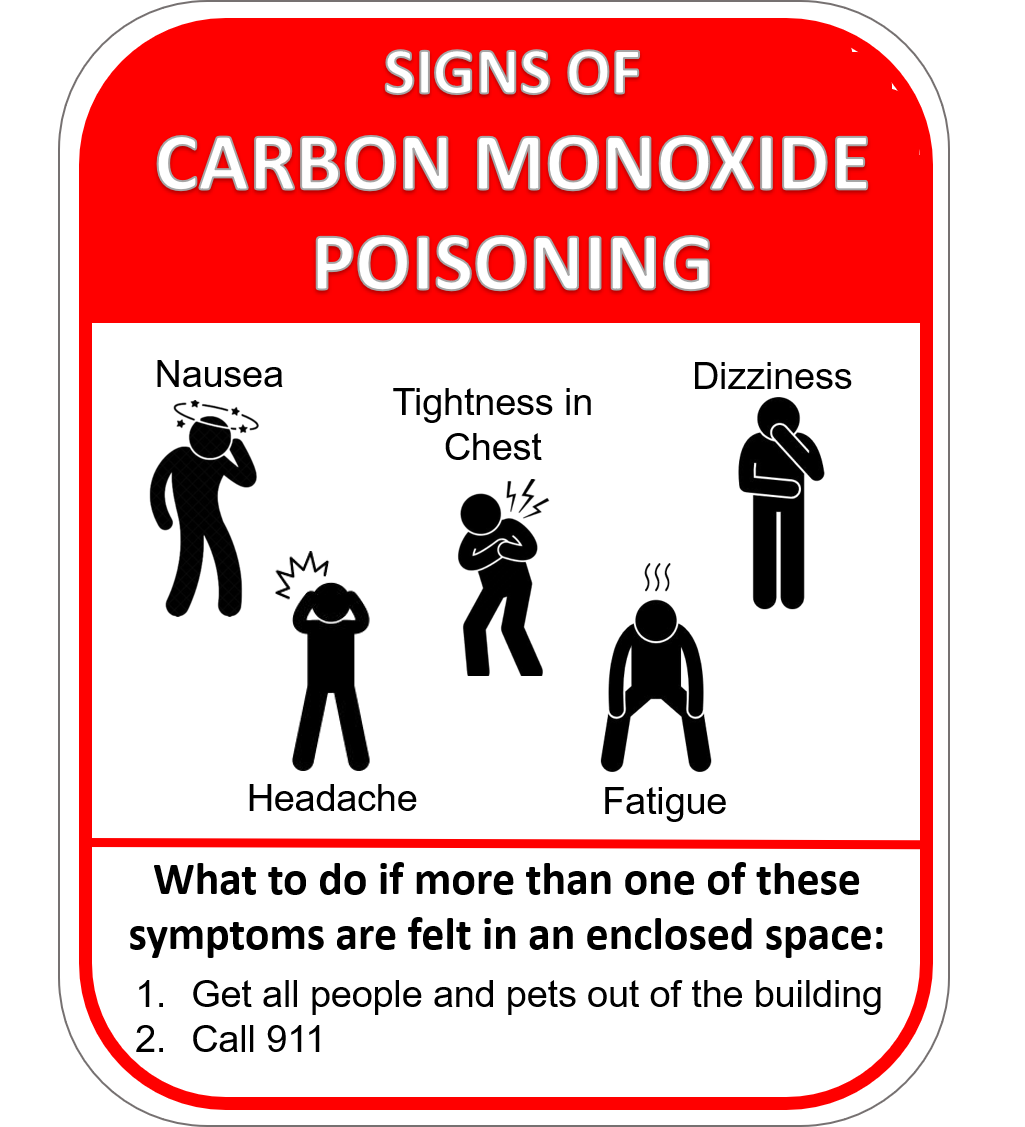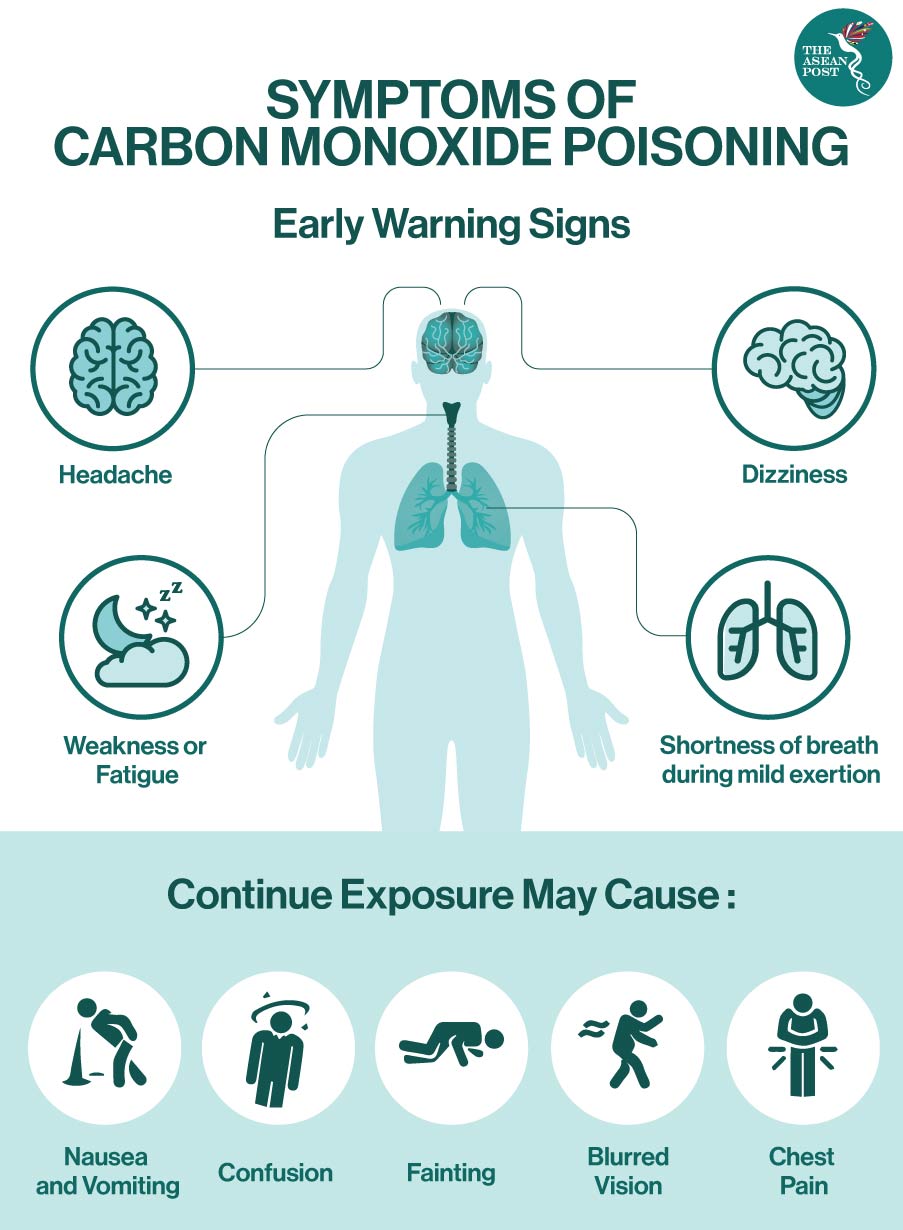

- #CARBON MONOXIDE POISONING SYMPTOMS IN INFANTS SKIN#
- #CARBON MONOXIDE POISONING SYMPTOMS IN INFANTS WINDOWS#
Seek medical advice immediately or call NURSE-ON-CALL on 1300 60 60 24 (24/7).
#CARBON MONOXIDE POISONING SYMPTOMS IN INFANTS WINDOWS#
#CARBON MONOXIDE POISONING SYMPTOMS IN INFANTS SKIN#
SymptomsĬarbon monoxide poisoning can cause a range of symptoms including headache, nausea and vomiting, skin flushing, muscle pain, weakness, shortness of breath, dizziness, coordination difficulties, confusion, or chest pain. Who is at risk?Īll people and pets exposed to carbon monoxide can experience carbon monoxide poisoning.Ĭhildren, pregnant women and their unborn babies, older people and those with chronic illnesses such as heart and lung disease, are at increased risk of severe health impacts from carbon monoxide poisoning.

/carbon_monoxide_poisoning_diagnosis-5ae776243de4230037a25b3f.png)
Refer to the Energy Safe Victoria's safety alert External Link list for models of open-flued gas heaters that should be checked by a qualified gas fitter immediately. This Standard requires newly manufactured open flued gas space heaters to shut down within 15 minutes to prevent carbon monoxide spillage if the appliance is operating in a negative pressure environment.

In July 2022, Energy Safe Victoria banned the sale and supply of new open flued gas heaters that do not meet new Australian Standards. Airflow through clear wall vents or a partially opened window may prevent negative room pressure occurring. This is especially important if you live in a renovated or weather sealed house with an open-flued gas heater. The risk is increased if the heater is faulty or the flue/chimney is blocked.Ĭhecking for negative room pressure External Link should be part of regular gas heater service and testing. The combination of this occurring at the same time as operating an open-flued gas heater or wood heater, may draw unsafe levels of carbon monoxide into the living area via the heater’s flue/chimney. Negative room pressure External Link can occur when there is inadequate room ventilation in the home and a kitchen rangehood or bathroom exhaust fan is operating. Open-flued External Link gas heaters, as well as wood heaters, where air from within the home is drawn in to feed the fire, may increase indoor carbon monoxide levels under certain conditions. This increases the potential that carbon monoxide exposure is not identified by health professionals which may have serious or potentially fatal consequences. Symptoms of carbon monoxide poisoning are non-specific and can be confused with other more common conditions. This can cause a health risk when they are used in enclosed or poorly ventilated areas, such as inside the home or in a caravan.


 0 kommentar(er)
0 kommentar(er)
